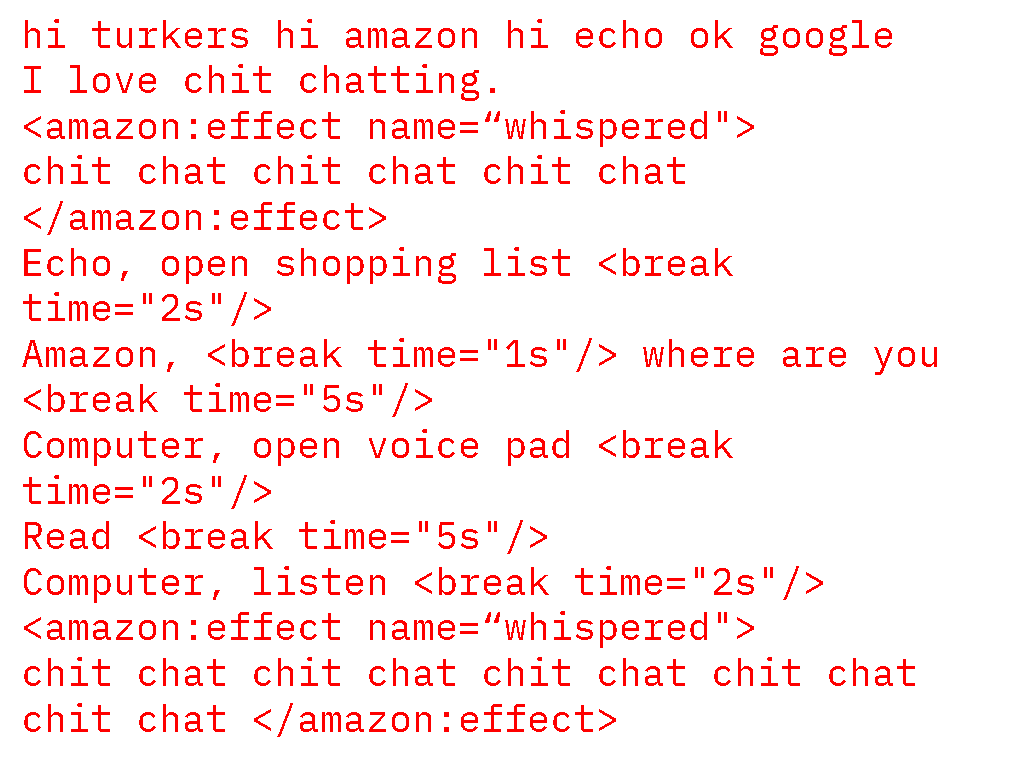Heat Quilt by Zoe Kaputa
Conductive thread is weaved through each circle of the quilt. When a current is passed through, the thread heats up.
This project is a crochet quilt representing a data heat map, which is a data visualization technique that separates data in subsections using two variables then displays them in a grid. Rather than displaying data by color or shade, Heat Quilt uses heat to represent quantities of data. The project is aimed to display data related to sexual violence in the city of Seattle along with examining our current state of data visualization and representation to find a more embodied and appreciative form of interacting with data.
This project first produces a heat map of particular offenses (Fondling, Sexual Assult with an Object, and Peeping Tom) in particular neighborhoods of Seattle (Roosevelt/Ravenna, Wallingford, University). Each bucket of this heat map is then compared to the average number of data present in a bucket. If any given bucket is higher than the average, the corresponding square of the heat map blanket is also heated. If not, the corresponding square is not heated.
Heat map that is being displayed on the quilt. This map displays the quantity of reported sexual offenses in specific Seattle neighborhoods as reported by the City of Seattle.
Heat Quilt drew inspiration from the concepts of data humanism and data feminism, as discussed in Georigia Lupi's work Data Humanism: The Revolutionary Future of Data Visualization and Data Feminism as discussed in Catherine D'Ignazio and Lauren Klein's book Data Feminism. Data today is so far removed from embodiment, from the source it represents. By bringing physicality back to the numbers and categories of data, I mean to depart data from the human superiority that reigns over it.
Quilt fringe, which includes cut pieces of clothing belonging to myself, my friends, and my family.
This project aims to connect individuals with data on a level deeper than simple visualizations and question their experience with the quilt as a display of nearby sexual assault. Speculating at a possible future of data experiences, I have combined the personal aspects into this quilt in as many ways as possible. Yarn was bought locally, and the fringe of the quilt is made partly of discarded clothing from myself, my friends, and my family. Further, the data I chose to display targets areas nearby to my current residence and the University of Washington. My choice in sexual offense data to explore an issue that is relevant to me, specifically as a woman in this area. Because quilts already have connotations of being homey and comforting, attaching data that is unpleasant and often involves negative physical touch provides an ambiguous experience to the user. In this way, this project embodies the contact between self and data, which is often disturbingly unclear.
However, I'll also note that this project also expresses the limitations of data visualization and embodiment. The quilt does not focus on expressing the sexual assault data in an easily understandable way. Because of this, it's valid to say that the quilt "fails" to show or encompass the data. Actually interpreting the data by just experiencing the blanket is quite difficult. Although this notion is amplified in this project, it exists in all data visualizations. Innately, summarizing data makes it ambiguous. This is an issue we will always encounter while analyzing data, and one we must work through by attempting new techniques.
Presentation
In an ideal setting, this work would be displayed in a public space either on the ground or on a piece of furniture. Audience members will enter the installation with an understanding of the project: its name and the information being displayed in the heat map. They would have to opportunity to touch, pick up, and cover themselves with the blanket. The video documentation included below would also play nearby the blanket (without sound). When leaving the exhibit, the audience will have access/be shown the computer-generated heat map corresponding to the blanket. The goal of this presentation is to allow the audience to explore the artwork from their own personal lens along with seeing my own view of it.
For more information, documentation, and usage details relating to this project, visit https://github.com/zoekaputa/heat-quilt.
References/Inspiration
Wilkinson, L., & Friendly, M. (2009) The History of the Cluster Heat Map. The American Statistician, 63(2), 179-184. https://www.cs.uic.edu/~wilkinson/Publications/heatmap.pdf
Lupi, G. (2017a, January 30). Data Humanism: The Revolutionary Future of Data Visualization. PRINT. https://www.printmag.com/post/data-humanism-future-of-data-visualization
Urmila. (2021, February 19). African American Writers [data visualization]. Observable (n.d.). Retrieved from: https://observablehq.com/@urmilaj/african-american-writers
Lupi, G. (2017b, October 1). Data Items: A Fashion Landscape at the Museum of Modern Art [installation] Museum of Modern Art, New York City, New York. Retrieved from: http://giorgialupi.com/data-items-a-fashion-landscape-at-the-museum-of-modern-art
Rachel, N. (2011). Data Scarves [Clothing]. Cool Hunting (2011, December 19). Retrieved from: https://coolhunting.com/style/data-scarves/
D'Ignazio, C. & Klein L. F. (2020). Data Feminism The MIT Press
Psarra, A. & Varela, M. & Koutsomichalis, M. (2013). Oiko-nomic Threads [Textile] Oiko-nomic Threads Greek National Museum of Contemporary Art and the National Documentation Centre
Splan, L. (2016). Embodied Objects [Textile/Sculpture/Graphic] IMRC at The University of Maine Department of New Media, SIM Residency
Van Waardenberg, B. & Satomi, M. (2013). WS3.1: Building Heat Controlling Circuit [Workshop] ETextile Summer Camp. Retrieved from http://etextile-summercamp.org/2013/?p=540
City of Seattle. (2021). SPD Crime Data: 2008-Present [csv]. Retrieved from https://data.seattle.gov/Public-Safety/SPD-Crime-Data-2008-Present/tazs-3rd5









